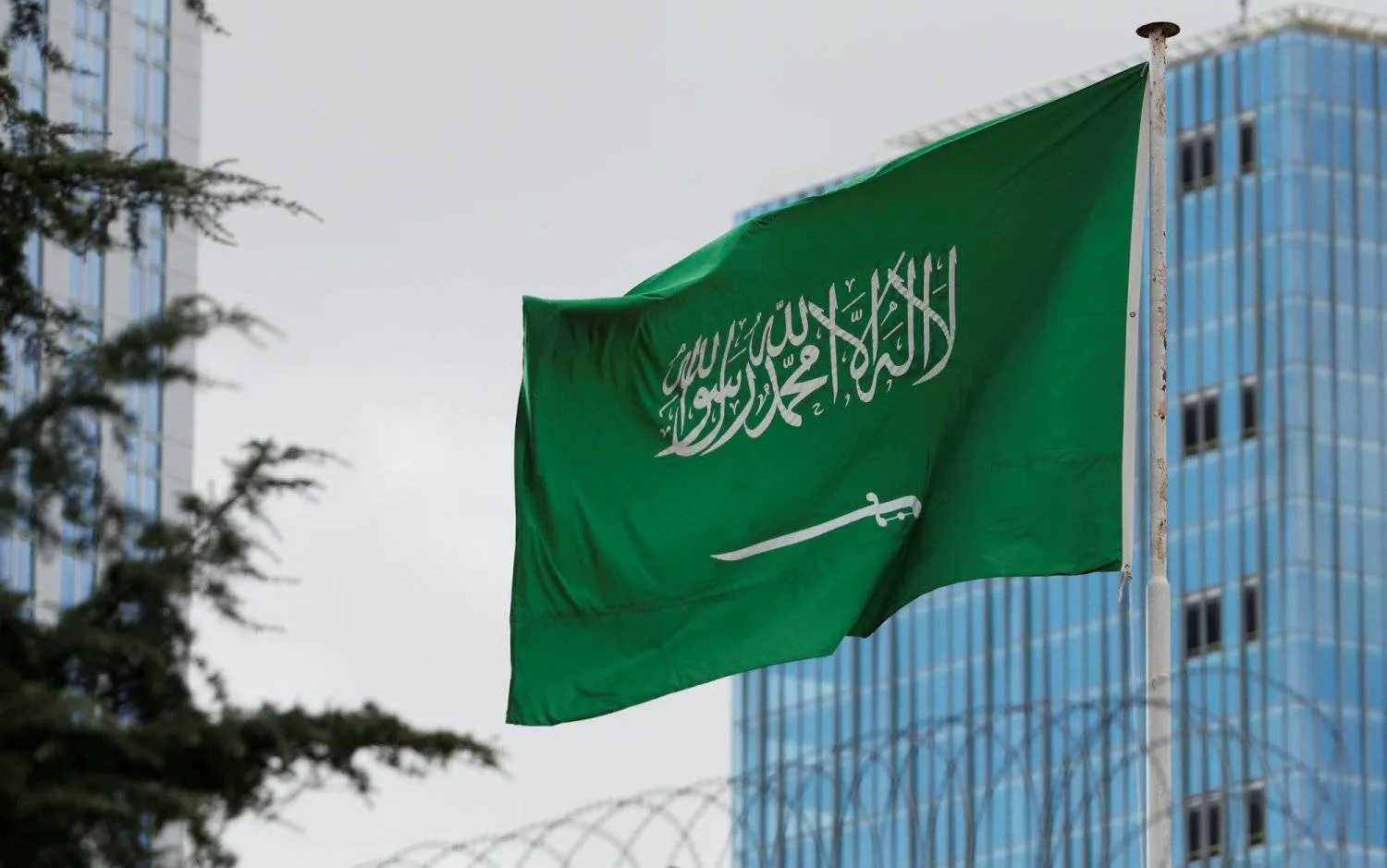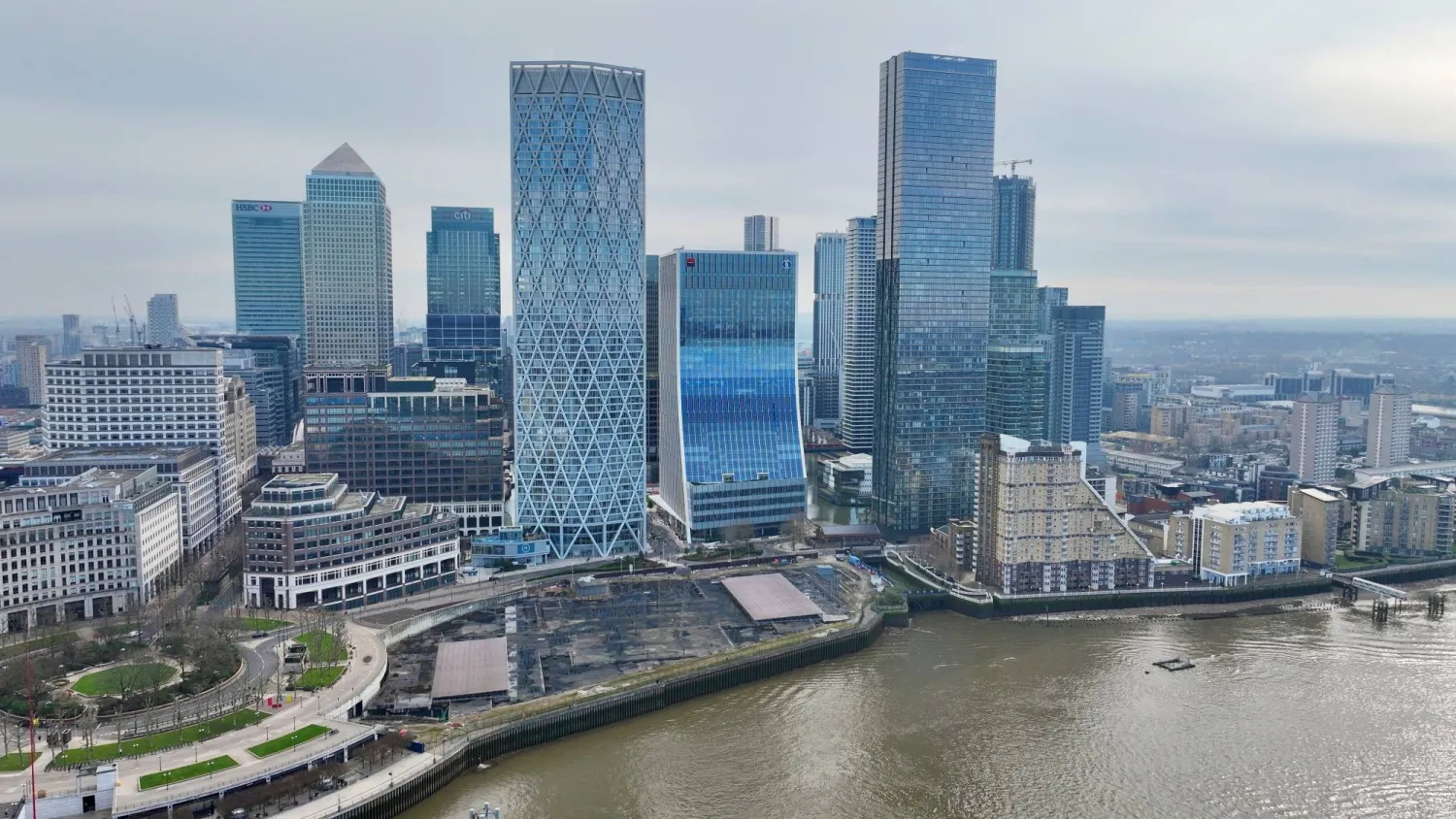The United Nations has authorized its development program to start engaging with Syria's new interim government to support humanitarian efforts and kickstart the country's recovery, as Syria has lost $54 billion in GDP over the past 14 years.
Dr. Abdallah Dardari, Assistant Secretary-General and Director of the Regional Bureau for Arab, United Nations Development Program (UNDP), told Asharq Al-Awsat during his visit to Riyadh for the COP16 conference that he instructed the program's office in Damascus to begin contacting government officials and start the needed assessments for Syria's recovery.
Bashar al-Assad’s regime left behind significant economic challenges, with near-total collapse of the country's infrastructure, the destruction of thousands of homes, and the displacement of millions.
Dardari outlined the severe situation in Syria, noting that the country has lost 24 years of human development. The GDP has dropped from $62 billion in 2010 to just $8 billion today, a loss of $54 billion over 14 years. Poverty has risen from 12% in 2010 to over 90%, and more than 65% of the population now faces food insecurity.
He added that Syria faces a tough recovery, with estimates showing that nearly 2 million of the 5.5 million housing units have been destroyed or damaged.
Dardari explained that estimating the cost of rebuilding housing units requires updates due to changes in construction prices. However, he highlighted that the biggest challenge in Syria is the weakened institutional structure compared to pre-2011, when state institutions were strong.
The focus of the UN program now is on supporting these institutions, as “without capable institutions, there can be no development or reconstruction.”
The program is also targeting the private sector, which has withstood many challenges and is ready to take advantage of any opportunities for stability and growth.
He added that in the past 48 hours, following the interim government’s announcement of a free market economy with quick measures to ease trade, the Syrian pound improved from 30,000 to 14,000 per dollar, a 50% improvement.
Dardari to Asharq Al-Awsat: Syria’s Economy Lost $54 Bn in 14 Years

A man counts money at a gas station in Aleppo, northern Syria (AFP)

Dardari to Asharq Al-Awsat: Syria’s Economy Lost $54 Bn in 14 Years

A man counts money at a gas station in Aleppo, northern Syria (AFP)
لم تشترك بعد
انشئ حساباً خاصاً بك لتحصل على أخبار مخصصة لك ولتتمتع بخاصية حفظ المقالات وتتلقى نشراتنا البريدية المتنوعة







